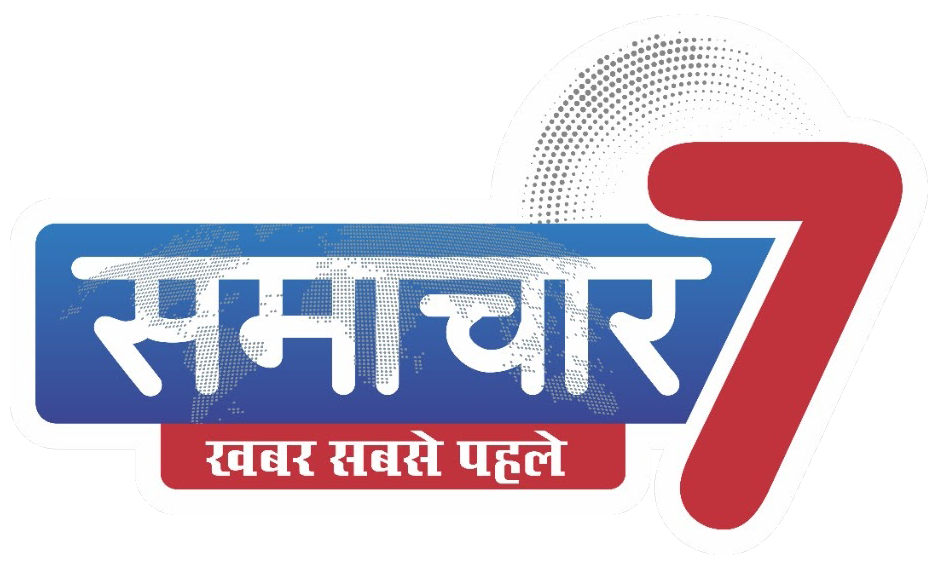So I was thinking about the whole validator game in Terra. Seriously, there’s more to it than just picking the ones with the biggest yield. At first glance, it seems like a straightforward choice: who’s offering the best staking rewards? But then you start digging, and—wow—it gets real nuanced, real fast.
Validators aren’t just numbers on a screen. They’re the backbone of the whole Cosmos ecosystem, and Terra’s no exception. You gotta consider uptime, commission rates, and even how reliable their infrastructure is. My instinct said “go for the highest APR,” but after watching some validator churn and slashes, I realized that’s a rookie move.
Here’s the thing. Validator selection is as much about trust as it is about returns. Imagine staking with someone who goes offline during a crucial block signing window. Not only do you lose rewards, but your stake can get slashed. I’ve seen this happen to folks who chased shiny numbers without checking the validator’s track record first.
That’s why I’m a big fan of using a wallet that makes staking and governance super smooth—like Keplr. If you haven’t tried it, check this out here. It’s the go-to for many in the Cosmos and Terra communities. The interface lets you compare validators easily and even vote on proposals directly.
Anyway, back to the rewards. Medium commission rates often mean more sustainable rewards in the long run. Some validators offer super low commissions, but it’s almost like a red flag—they might be sacrificing quality to attract delegators. That bugs me because staking isn’t a sprint; it’s a marathon.
Now, about staking rewards themselves: they fluctuate depending on network inflation and validator performance. You can’t just lock your tokens and walk away expecting steady returns. Validators with high uptime and good governance participation tend to yield better long-term benefits. However, it’s tricky because sometimes the top validators get overloaded, which affects performance. So, balancing your stake among reliable but less popular validators might be smarter.
Oh, and by the way, Terra’s ecosystem is evolving fast thanks to IBC (Inter-Blockchain Communication). That means tokens and rewards can flow between chains, which opens a whole new can of worms—and opportunities. Validators that support IBC transfers well can sometimes command a premium in delegations because of the added security and functionality they offer.
![]()
Something felt off about the community’s attention to validator decentralization. Many just pile on the top 5 validators, which kinda defeats the purpose of a decentralized network. On one hand, you want your stake to be safe and profitable; on the other, you’re contributing to centralization risks. It’s a tricky balance.
Why Staking with Terra Validators Requires More Than Just Numbers
Initially, I thought staking was all about massive returns. Actually, wait—let me rephrase that. While rewards matter, the security and health of the network matter even more. Validators with sketchy infrastructure might offer great rates but risk your tokens. You gotta dig into their uptime history and community reputation.
Validators play a huge role in Terra’s governance. Those who actively vote on proposals keep the network healthy. I’m biased, but I always lean towards validators who show consistent engagement. It’s not just about the money; it’s about keeping the ecosystem robust.
Here’s a personal anecdote: I once delegated to a validator with a super low commission. At first, my rewards looked nice. But one day, they went offline during a critical period and got slashed. My stake took a hit. Lesson learned—never just chase yields blindly.
Something else: the Terra ecosystem’s native token, LUNA, has had its ups and downs, which affects staking psychology. When prices dip, some validators lose delegators quickly because folks panic unstake. That volatility makes it even more important to pick validators with steady performance, not just flash-in-the-pan returns.
Okay, so check this out—Keplr wallet’s extension is a lifesaver here. It not only simplifies staking but also offers tools to monitor validator stats and rewards in real-time. You can find it here. Honestly, I can’t imagine managing my Terra stakes without it anymore.
On one hand, staking is easier than ever with these tools. Though actually, some new users get overwhelmed by all the options and data. But that’s just the learning curve; once you get the hang of it, you realize staking is as much about strategy as it is about patience.
Validators also differ in how they handle slashing risks. Some have insurance funds or community support to cover delegators’ losses in rare cases. Others leave you completely exposed. That’s a factor not many talk about, but it’s very real in Terra’s space.
So, it’s not just about who offers the highest returns but also who stands behind their commitments. And this is where community feedback and transparency come into play. Validators who publish regular updates and maintain open channels tend to be safer bets.
Before I forget, staking rewards aren’t guaranteed either. Network inflation rates adjust over time, so what looks good today might not hold tomorrow. That’s why diversifying your stakes across a few solid validators is a strategy I personally swear by.
Wrapping Your Head Around IBC and Its Impact on Staking
IBC is kinda the game changer here. It allows Terra tokens to move across different blockchains within the Cosmos network. Validators that support IBC transfers efficiently can actually boost their appeal because they facilitate smoother cross-chain operations.
My first impression was that IBC was just a fancy add-on, but it’s actually foundational for Terra’s future. Validators play a direct role in securing these cross-chain bridges. If a validator is slow or unreliable here, it can cause delays or even losses in token transfers.
Oh, and one more thing—IBC also opens opportunities for staking rewards from multiple chains at once. Some savvy delegators split their stakes to capitalize on this. Not every validator supports all chains equally, so it pays to check their IBC capabilities.
Honestly, this part bugs me a bit because it adds complexity. But I guess complexity is unavoidable if you want to squeeze the most out of your crypto assets. For folks just starting out, focusing on validators who are active in IBC might be a good bet, but keep an eye on their performance stats.
It might sound like a lot, but with wallets like Keplr, managing these nuances is way less intimidating. You can track your stakes, switch validators, and handle IBC transfers all in one place. If you want to explore it, find the extension here.
To wrap this up (or not, because there’s always more to learn), validator choice in Terra isn’t just a numbers game. It’s about trust, network health, and strategic thinking. Sure, you want staking rewards, but don’t let that blind you to the bigger picture.
At the end of the day, I’m still figuring out some of the best tactics myself. The landscape shifts fast. But I’m confident that combining good tools, like the Keplr wallet, with a thoughtful approach to validator selection puts you ahead of most casual stakers.




